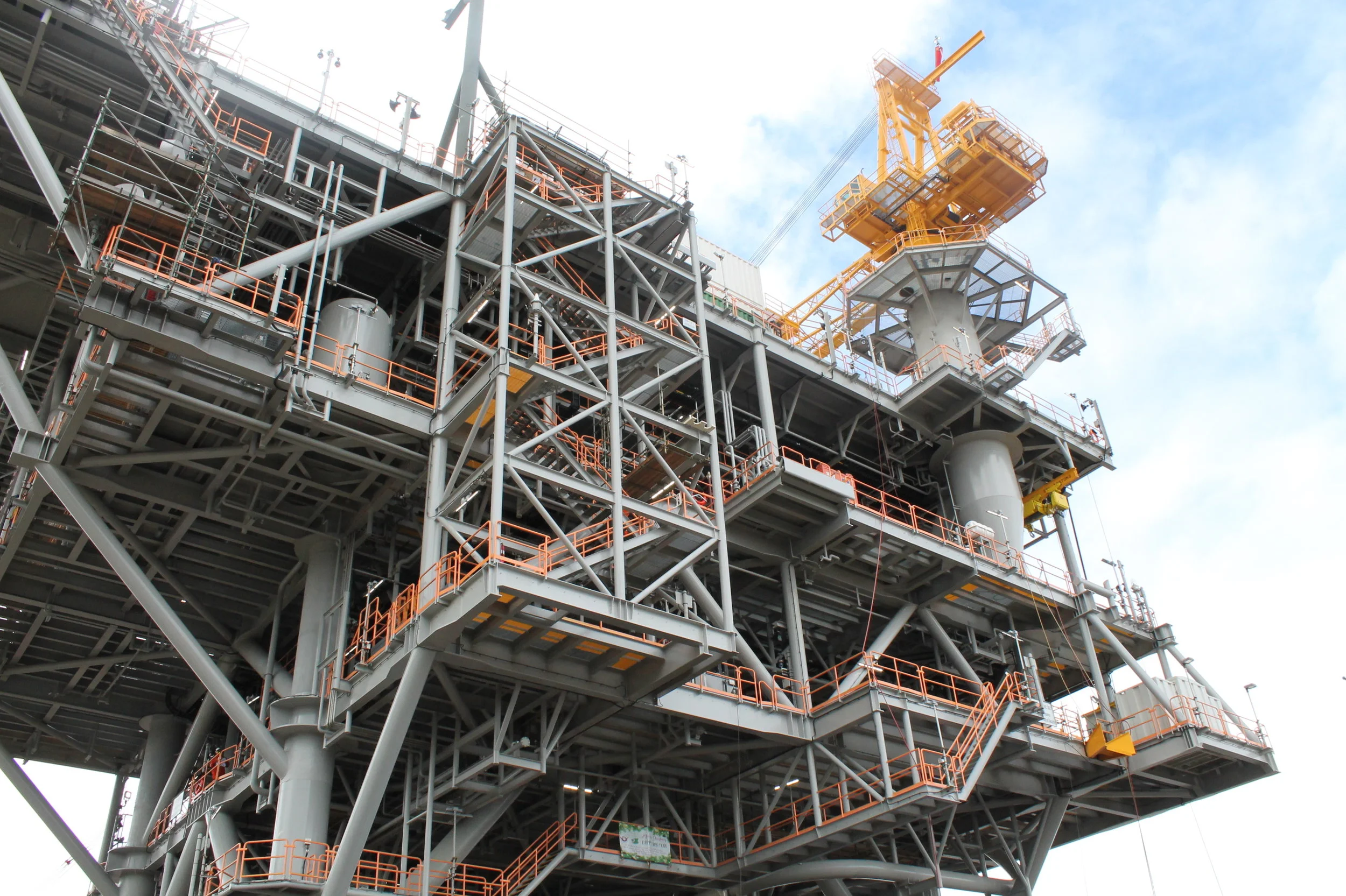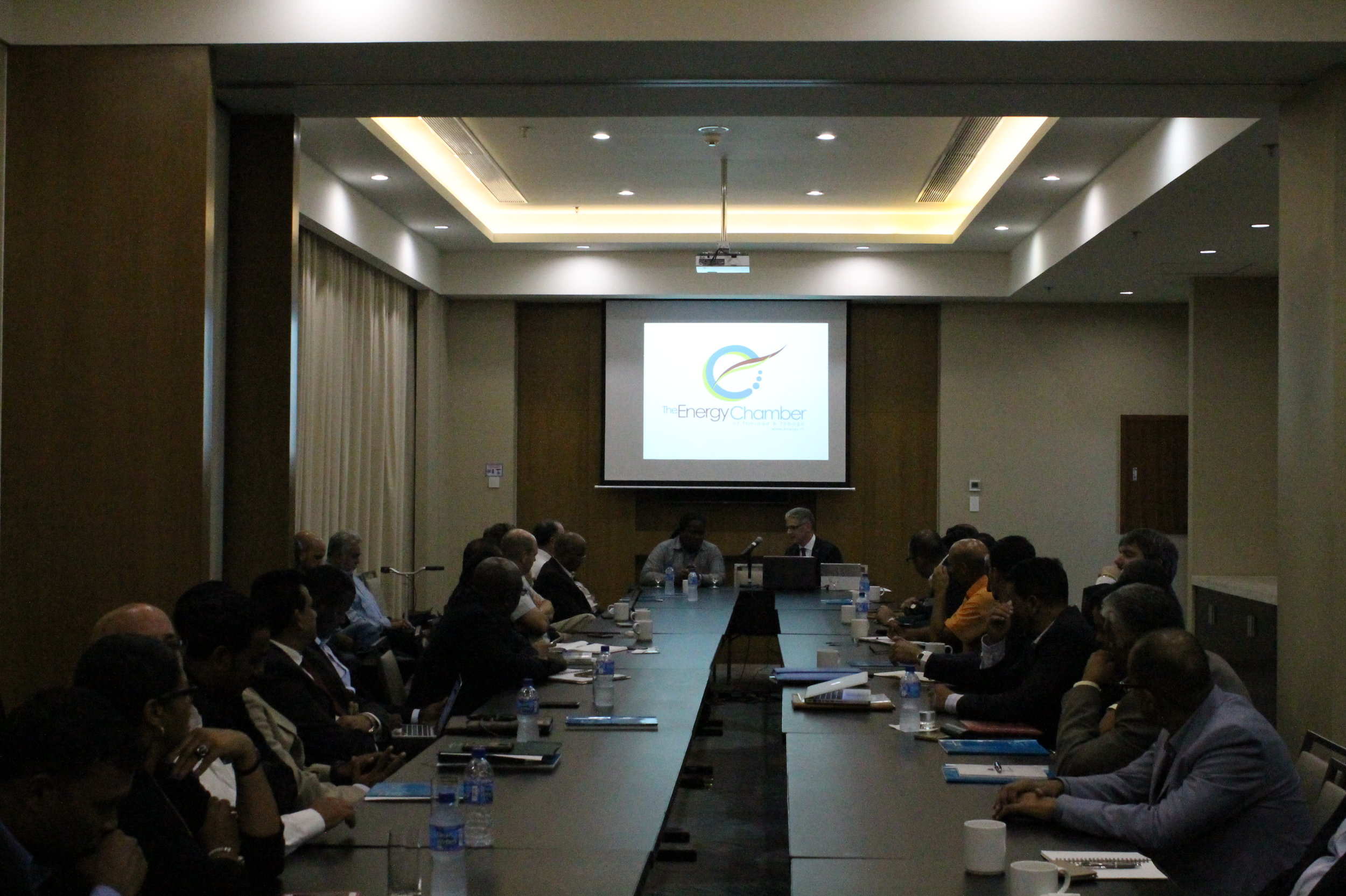The decision by Methanol Holdings Trinidad Ltd (MHTL) to close two of its methanol plants at the Point Lisas Industrial Estate has confirmed what many in the energy sector have known for some time—that the T&T natural gas sector is in trouble and, by extension, the country’s economy.
Undeniably, 2016 proved to be a challenging year for the global energy sector with worldwide energy markets experiencing the disruptive effects of depressed commodity prices. Trinidad and Tobago’s natural gas sector, was not spared the impact of global trends and its challenges were in fact compounded by ongoing gas curtailment issues. The situation of reduced natural gas supply to downstream consumers has been plaguing the local sector since 2010 and analyses of the current and predicted climate indicate that it will continue into 2017. As a result, securing the volumes required to maintain and support the demands of the industry remains a critical priority for NGC.
The Caribbean nation states are well positioned to make a transformational shift toward low-carbon development, but lack the investment capital required to do so. The idea of a Caribbean carbon market (CCM) was originally mooted within the Energy Chamber of Trinidad and Tobago (ECTT), an energy sector NGO, representing the oil, gas, petrochemical and heavy industrial sectors in 2014.
Globally respected consulting firm Rystad Energy was recently commissioned by the Energy Chamber to conduct a study into the competitiveness of the Trinidad and Tobago gas industry. The study highlights the significant challenges faced by the country’s gas industry, both in terms of international competition (in particular from US shale gas) and the problem of under-investment in upstream gas development, leading to significant shortfalls in production.
LGO has been faced with difficult decisions this past year – the company was even forced to halt salaries to its directors for the past 15 months – but following a recent announcement about the refinancing of its loan facility, the company also said that drilling activity will resume at the Goudron field in Trinidad. The refinancing sees LGO shift lenders, and now that the company is no longer in default, it is now able to pursue a healthy drilling programme in 2017.
A decade after its first attempt to buy the Teak, Samaan and Poui (TSP) fields off Trinidad’s southeast coast, Anglo-French operator Perenco has announced that it has acquired a 70% operator interest in the blocks from Repsol. Perenco, in partnership with Trinidad-based conglomerate Massy, had originally made an offer to purchase the fields from bpTT, but that offer was pre-empted by Spanish oil company Repsol, which is a 30% shareholder in bpTT. Repsol acquired a 70% operator interest in the three fields, with the state-owned National Gas Company (NGC) and Petroleum Company of Trinidad and Tobago Limited (Petrotrin) both owning 15%.
Range Resources, an onshore operator in Trinidad’s Morne Diablo field, has encountered success in its last well in its latest five well drilling campaign for 2016. Range actually reached oil producing depth early in its GY681 well, which, as a result, is set to lower drilling costs. The target depth was 4,500 feet, but the company achieved success more than 100 feet sooner, at 4,395 feet. Production testing is scheduled to commence this month to determine the production potential of the well.
In the aftermath of what must be one of the world’s shortest-ever strikes, Trinidad and Tobago’s Prime Minister, Dr. Keith Rowley has outlined the government’s intentions to introduce external capital investment into upstream oil production at stateowned Petrotrin. The strike, which was cancelled just hours after it begun, was called by the oil workers’ union to demand the settlement of wages for two three-year collective bargaining periods.
The future of Trinidad and Tobago’s gas industry relies on the ability to attract significant new investment into upstream gas production. Rystad Energy, a consultancy firm, has recently concluded a study of the competitiveness of the Trinidad and Tobago gas economy, commissioned by the Energy Chamber. The study, summarised in an article on Page 8 of EnergyNow, clearly highlights the serious challenges faced by the Trinidad and Tobago gas economy.
Construction of the much-anticipated Juniper platform has been completed and the topside has been loaded out from the Trinidad Offshore Fabricators (TOFCO) facility in La Brea, for installation in its permanent location off Trinidad’s southeast coast. The jacket for the platform, which was originally supposed to be constructed in La Brea but was moved to a yard in the United States (US) after early project delays, has also been transported back to Trinidad ready for installation.
Exxon announced today positive results from its Payara-1 well offshore Guyana. Payara is ExxonMobil’s second oil discovery on the Stabroek Block and was drilled in a new reservoir. The Payara-1 well targeted similar aged reservoirs that were proven successful at the company’s Liza discovery.
Over the past few days there has been a lot of commentary in the press, on social media and amongst the public on the current wage rates at Petrotrin. Given this discussion the Energy Chamber of Trinidad & Tobago thinks that it is important to provide factual information about the current wage rates at Petrotrin compared to the general rates prevalent in the energy sector.
The initiation of strike action today by the Oilfields Workers’ Trade Union(OWTU) against the Petroleum Company of Trinidad and Tobago (Petrotrin) is an ill-advised and potentially costly decision that is likely to cause more hardship to Petrotrin and further weaken the country’s economy.
Local content has been a key issue for the Energy Chamber ever since I joined the organisation thirteen years ago. Unfortunately, it seems be an issue a bit like the elusive “diversification”; something we spend a lot of time talking about but making very little progress towards achieving.
State-owned Petrotrin is a key player in the economy of Trinidad and Tobago, and what happens with the company is everybody’s business.
Juniper will become BP Trinidad and Tobago’s 14th offshore production facility, but it is the company’s first subsea field development in the twin island republic. The development will include five subsea wells and promises a production capacity of approximately 590 million standard cubic feet a day (MMSCFD). Gas from Juniper will flow to the Mahogany B hub, via a new ten-kilometre flowline.
Exxon, and its partners Hess and Nexen , have formally written to the government of Guyana declaring that the Liza field is commercial and that they will be fast-tracking development. According to local news sources, Minister of Natural Resources Raphael Trotman noted that it was the first time in Guyana’s 50-year history that Section 31 of the Petroleum Act had been “activated”. Minister Trotman is reported as saying, “This is a profound and watershed moment in the development of our country.”
Recently, we had a chance to sit down and have a frank discussion with Spencer Dale, Chief Economist, BP when he visited Trinidad and Tobago to launch the BP Statistical Review 2016.
Natural gas production from the Dragon natural gas field, located offshore the northeast coast of Venezuela, will soon reach the shores of the nearby twin-island nation of Trinidad and Tobago.
Tax increases have the Trinidad and Tobago private sector very concerned. In addition to the increased rate of corporation tax, both domestic and international private sector investors are concerned about the re-emergence of property tax, announced by the Minister of Finance for the 2016-17 national budget.





















